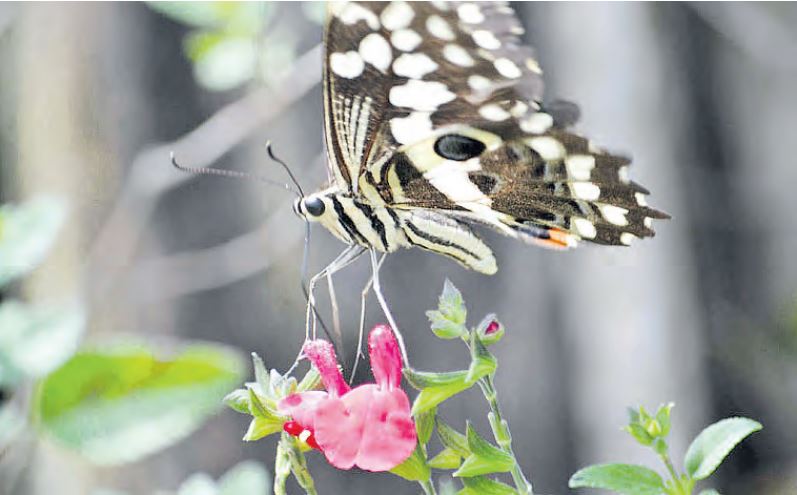A new study has indicated that habitat loss, climate change and pesticides are major threats to butterfly populations.
The study from Binghamton University has raised concerns about the rapid decline of the populations around the world.
The research shows several contributing factors, including habitat loss, climate change and the widespread use of insecticides, all of which are pushing these vital pollinators towards the brink.
The researchers pointed out that butterflies play a crucial role in pollinating food crops and wild plants, hence their disappearance would have far-reaching consequences on ecosystems and human life.
Dr Eliza Grames, assistant professor at Binghamton University and co-author of the study, noted the essential role butterflies play in ecosystems.
“In addition to their beauty and inspiration for art, butterflies are vital pollinators. They help pollinate food crops and wildflowers, supporting the health of ecosystems across the globe,” she said. She also pointed out the importance of the study in driving global conservation efforts.
“This research could be pivotal in prioritising butterfly species for the International Union for Conservation of Nature (IUCN) Red List of Threatened Species and Endangered Species Act Protection,” she added.
In Kenya, there are five butterfly families including Papilionidae (Swallowtails), Pieridae (Whites and Yellows), Nymphalidae (Brush-footed butterflies), Hesperiidae (Skippers) and Lycaenidae (Blues and Coppers). However, the butterfly species are facing severe threats due to habitat loss and land use changes.
The Papilio desmondi teita, a swallowtail species, is classified as endangered and listed on the IUCN Red List.
Researchers note that butterflies, alongside other pollinators, are confronting numerous challenges.
“The decline in pollinator popu lations, including bees and butterflies, is mainly driven by intensive agricultural practices, pesticide use, habitat destruction and the impacts of climate change,” Grames said.
In a broader global context, the study found that over the last 20 years, from 2000 to 2020, one out of every five butterflies in the US has been lost.
This is a 22 per cent decline over only 20 years. She added that beyond their ecological significance, butterflies hold cultural importance.
“They captivate us, particularly through the migration patterns of the monarch butterfly. They’ve inspired countless songs, poems and works of literature,” she said.
The study also revealed that, more than habitat loss or climate change, insecticides are the primary factor driving butterfly declines.
However, the declines are not caused by one factor alone, study shows












